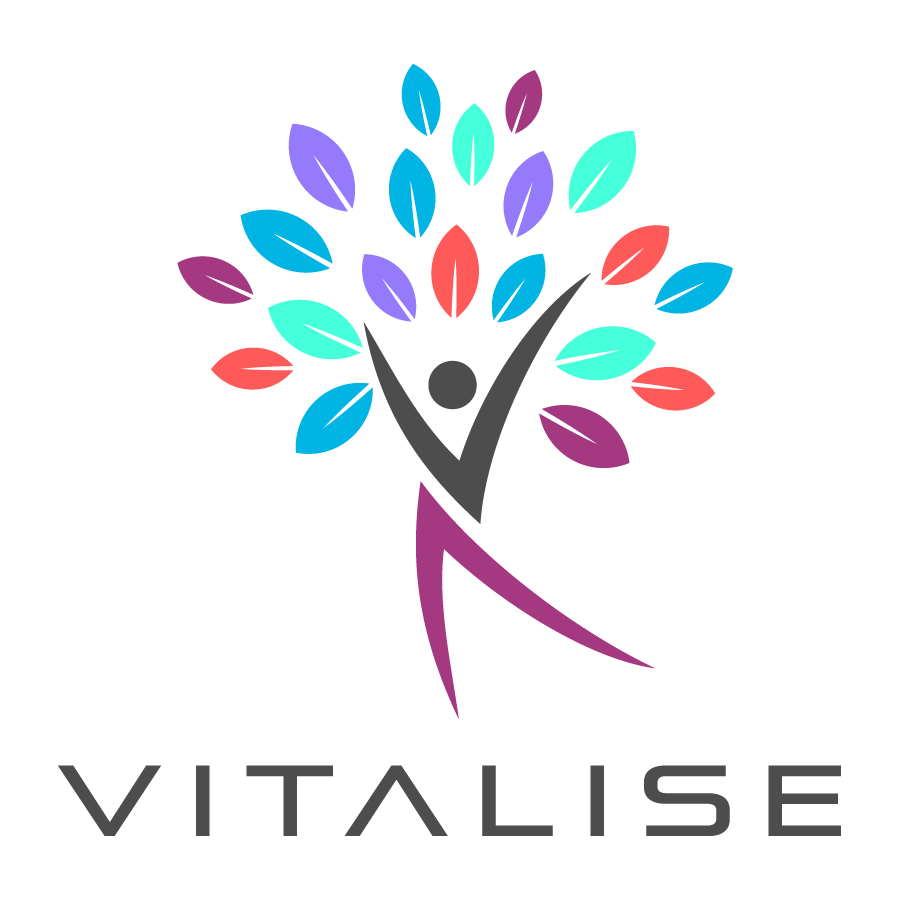Concept and proof-of-concept tests – concept feasibility study
Description: Concept test is low cost and quick process in which high-level concept(s) is tested with real end-users via different methods such as interviews and surveys. In order to conduct concept test, preliminary concept description must exist in written or visual format, which is then communicated to the real end-users or experts. The main aim is to collect feedback for the initial concept proposal and its possible variations. Concept test can also include a feasibility study, which also covers technical, economic, legal, operational and scheduling issues relating the proposed concept. In all, concept-testing phase verifies if a concept has market interest, while feasibility study shows if the product or service based on concept can be developed. Collected feedback includes also improvement suggestions.
R&D service categories: Testing and validation
Key characteristics in living lab context:
- Core service in LL
Participants’ role: two main actors (projects and companies), joint work among Living Labs and interested partners/stakeholders
Process phase: after concept co-creation
Objectives:
- verifies if a concept has market or research interest,
- testing early “prototypes” to get feedback for development, identify improvement suggestions,
- concept feasibility test focuses on verifying if concept can be technical/economically done (preliminary assessment),
- provides development recommendations based on user/patient/customer experience and needs, identify key measures to investigate in follow-up tests, personalized in the client need and varies case by case
Methods: survey, demo-session, interview, wizard of oz
Tools: paper prototype, visual dummies close to final (visual UI), visual VR can be used to test- multitasking (real work), long term evaluations, interviews, questionnaires,
Approved by the VITALISE H2020 living labs' consensus report on 30/09/2021
